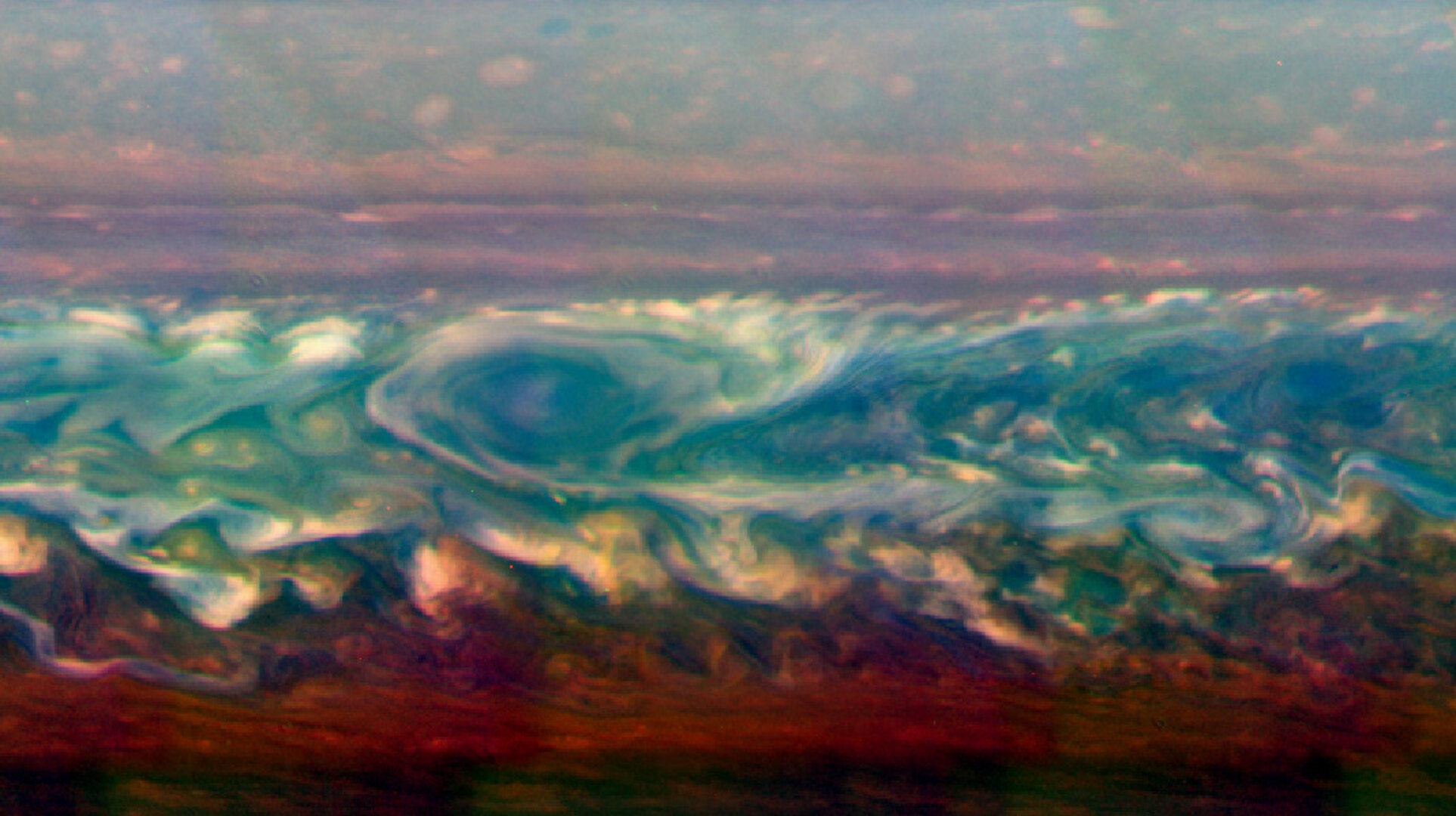Astronomy Midterm
1/46
Earn XP
Description and Tags
Name | Mastery | Learn | Test | Matching | Spaced |
|---|
No study sessions yet.
47 Terms
Which ancient society was the first to use math with Astronomy?
Greeks
One AU is equal to how many miles?
93 million miles
The distance between the Earth and the Sun is characterized by what unit?
AU
By how many degrees is Earth tilted?
23.5
What did Eudoxus create?
The model of 27 nested spheres
What did Aristotle believe about Earth?
That it was imperfect and unchangeable
What did Aristotle believe about orbits?
That they were perfect spheres
Who first calculated Earth’s radius?
Eratosthenes
Epicycles
Small circles within a larger circle
Who disproved Epicycles?
Copernicus
Who created the heliocentric universe?
Copernicus
Which astronomer added to Copernican thinking?
Galileo
Who discovered the moons of Jupiter and the Rings of Saturn?
Galileo
Who observed Venus’ phases?
Galileo
Who believed in a modified geocentric model?
Tycho Brahe
What principles did Johannes Kepler abandon?
Circular and uniform motion
Was Johannes Kepler a heliocentrist?
Yes
1st law of Planetary Motion
Planets have elliptical orbits
2nd law of Planetary Motion
Planets move the same distance relative to time
3rd law of Planetary Motion
Orbital period squared is proportional to average distance from Sun cubed
P represents?
Orbital period

Newton’s 1st Law
Body at rest won’t move unless acted upon
Newton’s 2nd Law
Acceleration is proportional to unbalanced force
Newton’s 3rd Law
Equal and opposite reaction
Variable star
Stars which change from bright to dim
Cepheid variable period-luminosity relationship
The brighter the star is overall, the longer the period of luminosity
Who discovered the cepheid variable relationship?
Henrietta Swan Leavitt
Who classified stellar spectra?
Annie Jump Cannon
Initial conditions of the solar system
Cold molecular clouds of hydrogen and helium
What causes clouds to rotate?
Cloud collapse
Accretion
Formation of big things from small things
Jovian gas planets were formed when
Leftover gas was blown by solar winds
Why is Mercury’s crust the way it is?
Crumpled and damaged due to cooling and bombardment
Does Mercury have seismic activity?
Yes
Does Mercury have a magnetic field?
Yes
What is the morning star planet?
Venus
Which planet has lava domes and shield volcanoes?
Venus
Venus’ atmosphere
Dense CO2 and acid clouds
Does Venus have a magnetic field?
No
Which other planet has similar seasons and days to Earth?
Mars
Which side of Mars may have once been an ocean?
The Northern Hemisphere
Mars’ core
Non-metallic or non-liquid
Jupiter’s atmosphere
90% Hydrogen and 10% Helium
Which two planets have light and dark atmospheric belts?
Jupiter and Saturn
Jupiter’s composition
Hydrogen and Helium

Saturn composition
Hydrogen, helium, methane, and ammonia
How many cloud layers does Saturn have?
3